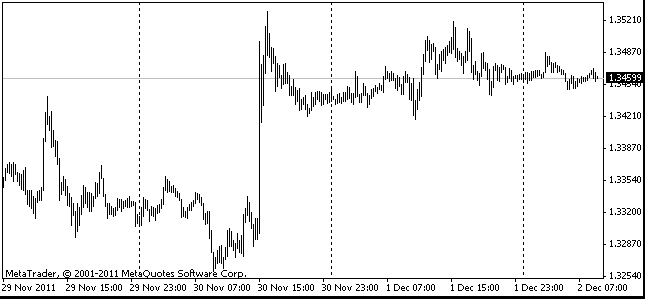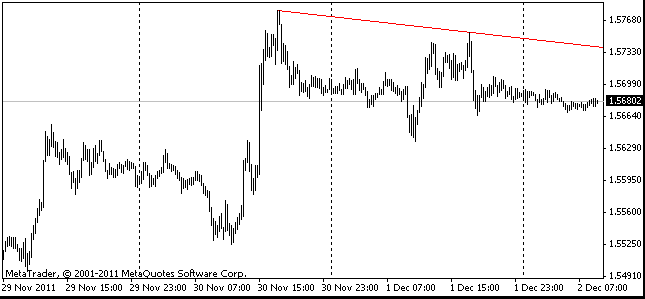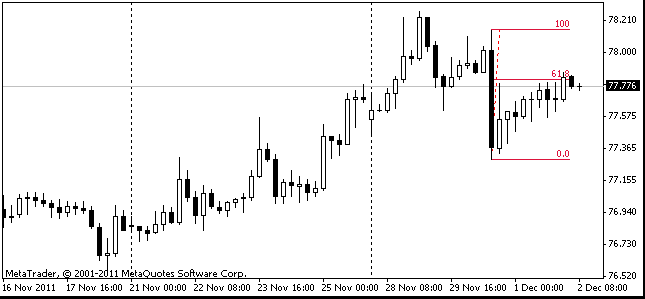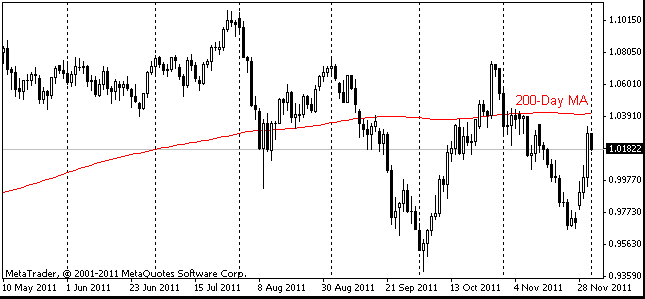EUR/usd
The dollar's antirally continues. It is a relatively new trend, as earlier the euro was growing against the dollar almost alone. Now appreciation of risk-sensitive assets is getting all-round. Yesterday the euro bears were defending fiercely and didn't give up 1.36. But in the Asian session today purchasing of the euro became more intense. That was largely caused by growth in EURJPY, which has been on the rise for 11 out of the recent 12 weeks and is now relentlessly sweeping stops before itself. Yet we shouldn't think that the euro itself has nothing to do with it. Yesterday's employment data from Germany once again proved that the country's economy feels much better than was feared just a month ago. The number of job seekers keeps decreasing. In January it declined by 16K, which in its turn brought the unemployment down to 6.8%, the level which held from December 2011 to August 2012. The picture we have at the end of the month is quite favourable: business activity has grown, so have economic expectations and consumer confidence, plus there's real improvement in the labour market. The weak link in this strong chain of good news is retail sales – they fell by 1.7 m/m in December, against December 2011 the decline makes 4.7%. Anyway, the retail sales index is a lagging indicator, which reflects the state of the country's affairs in the past. And even without it we know that Germany performed badly in the last quarter of the year. Yet the series of positive news gives hope that the slowdown won't spread to the first quarter of this year. Now we only have to wait for the US stats. There are some fears that the employment statistics won't be as strong as expected (+161K), as yesterday's weekly unemployment claims index unexpectedly and unpleasantly flew up from 330 to 368K. But still the 4-week average (351K) holds at the multiyear highs, which can't but encourage.

GBP/USD
This week the sterling has been trying to rehabilitate itself after the selloff in January. The general optimism brought gbpusd up to 1.5870. Technically, it shows that the sterling has broken out of the downtrend. However, we still regard the pound's weakness as natural and its correction as a temporary thing. It won't be surprising if the pound just forms a broader downward channel. At present Britain needs a weak currency rather than a strong one. Besides, the rally against the dollar may end soon, when the US Treasury issues bonds to finance the budget deficit.

USD/JPY
usdjpy has hit a fresh high since 2010. At night the pair grew above 92.0. It produced optimism in the Japanese stock exchanges and, apparently, supported purchases of the single currency. It even helped to overcome the confusion caused by the poor Manufacturing PMI in China. Those, who for so many years have remained bullish for the pair, have finally seen their mega-rally.

AUD/USD
Unlike its counterparts, AUDUSD is far from hitting fresh highs. More so, it is rather closer to new lows, yet the general weakness of USD and JPY prevents the aussie from the obvious decline. It is still hovering around 1.04 in the anticipation of the RBA's interest rate scheduled for the next week. The decline of credit demand in the country, the unimpressive employment statistics and deflation raise the chances of the rate cut. However, the global economic picture is not that bad as a month ago.
